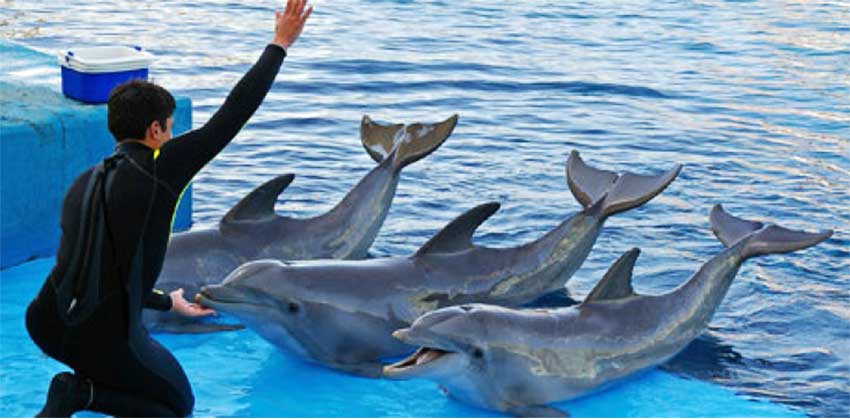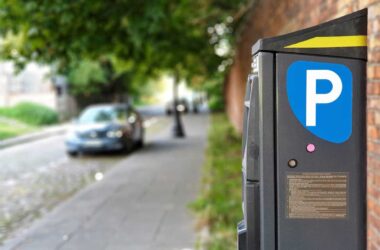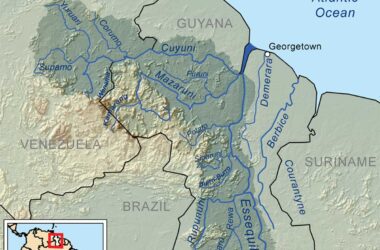WITH a litany of protest marches aimed at shooting down any development proposals that can potentially damage the island’s green image being put forward to the government already hitting the streets, it seems that many more are on the horizon. As marches go, the current ones seem the real straw that broke the people’s backs and more are planned for March.
For the past nine months, the US$ 2.6 billion investment deal proposed by Chinese billionaire and developer, Teo Ah Khing, has spurred much national debate. Despite the project being lauded by many on an economic front, others believe the mega-deal poses a clear and irreversible danger to the island’s natural environment.
Last week, the government and the investor unveiled Phase II – said to be one of the project’s ten phases – which intends to incorporate the famed Maria Islands as part of the project. As such, a causeway linking the small islands to the mainland is being proposed.
Such a proposal has since received the ire of the Saint Lucia National Trust (SLNT), which has had the mandate for the past 42 years to protect the island’s cultural and natural assets. The Trust is concerned that building such a causeway would not only contravene established environmental principles but also imperil the lives of endemic endangered species.
But the protest marches do not end there.
Marches are also being planned to protest a proposal for a dolphinarium to be constructed at Pigeon Island National Landmark, a site that bears much historical importance and value. Ironically, the site is where the SLNT’s offices are located.
Aside from advocating that dolphins should not be held in captivity at the expense of fun-seeking patrons, critics say any such project at that location not only desecrates the landmark, but devalues its worth.
The underlying argument to all these developments is that with unemployment as high as 22%, the island needed to capitalize on its comparative advantages. The question, however, is whether the price investors are willing to pay to do business here is worth the ultimate price the island stands to pay to repair any possible damage from a fallout.
Granted that government’s mandate remains to create an environment that facilitates business investment, it is also the responsibility of the citizenry to express their concerns about how such development is done. After all, governments come and go but the people remain. Unfortunately, if we find ourselves giving away too much now for what seems to remedy our current ill-fated economic circumstance, then we had better get used to coping with whatever Pandora lets out of her box afterwards.







Mr Editor, don’t be afraid to say that you don’t support the project. Are you scared that your boss will reprimand you?